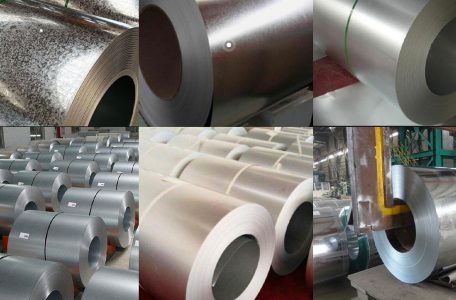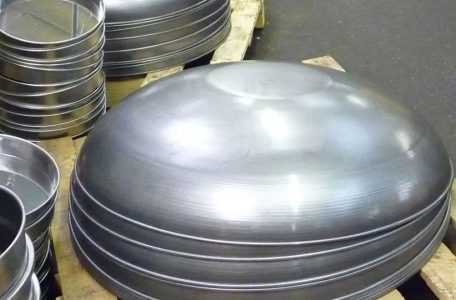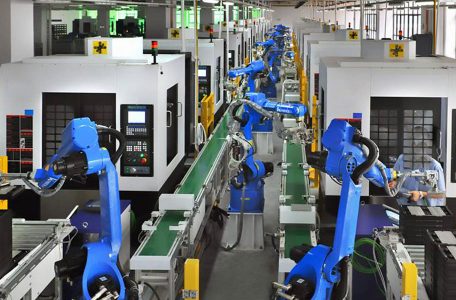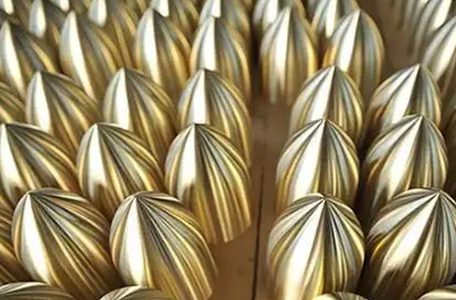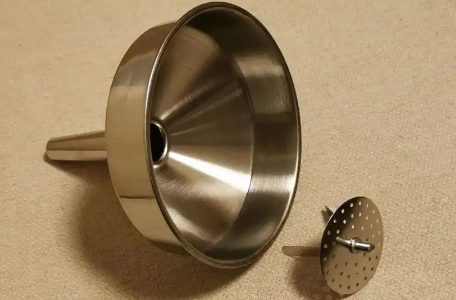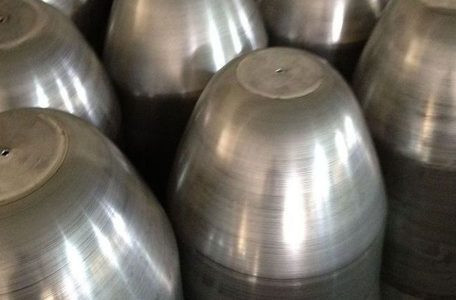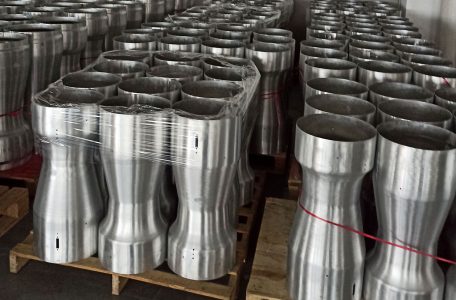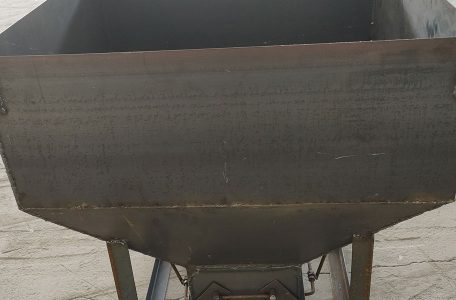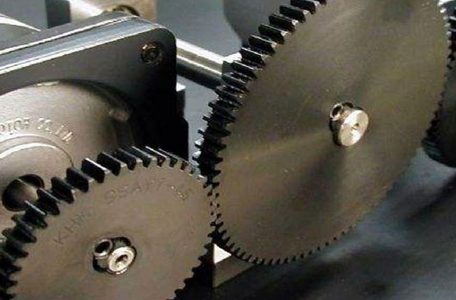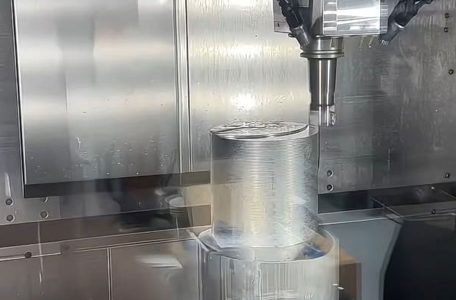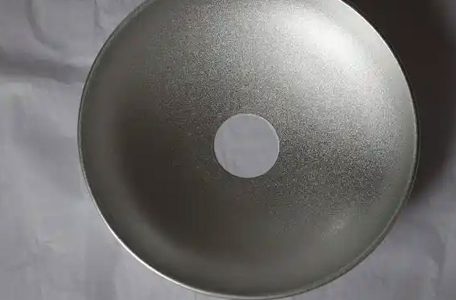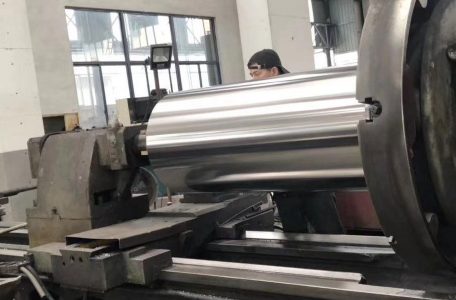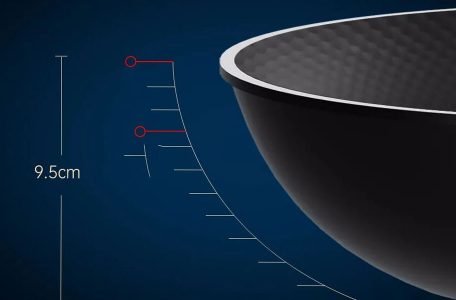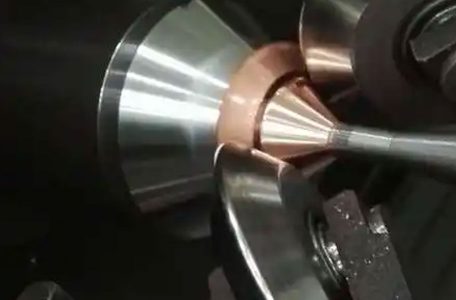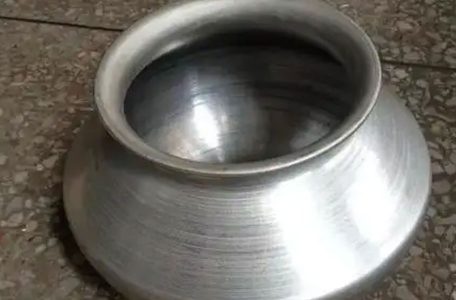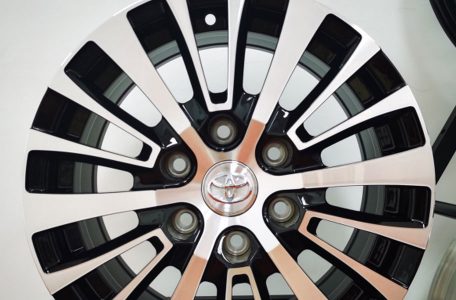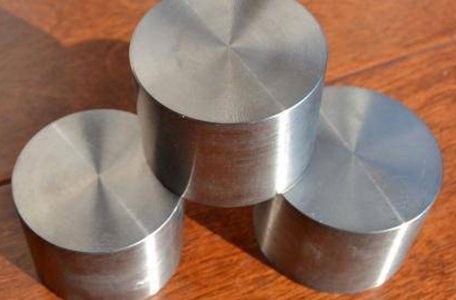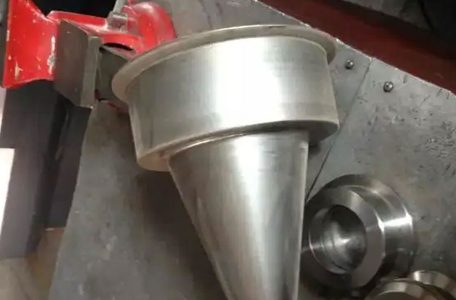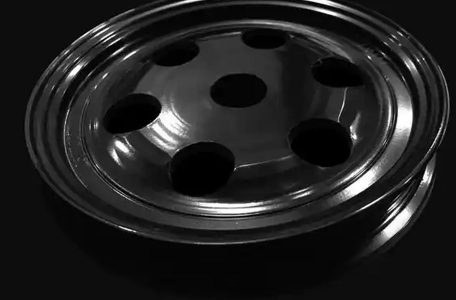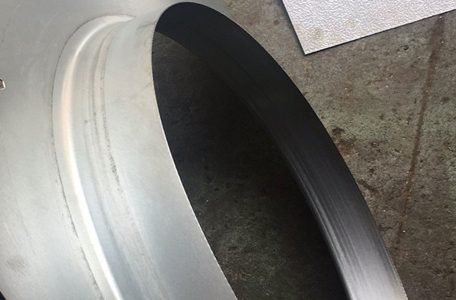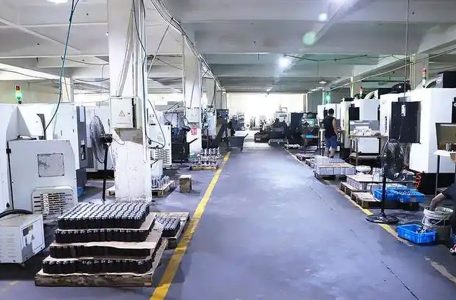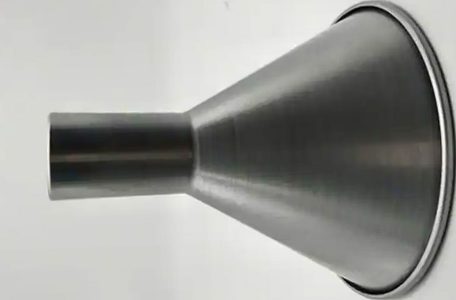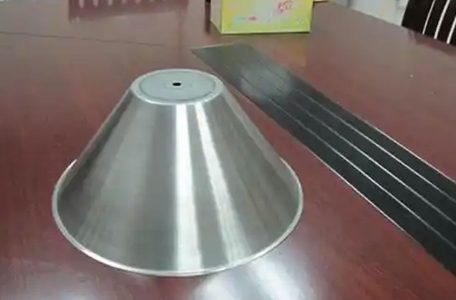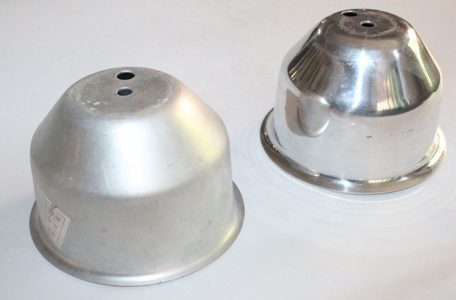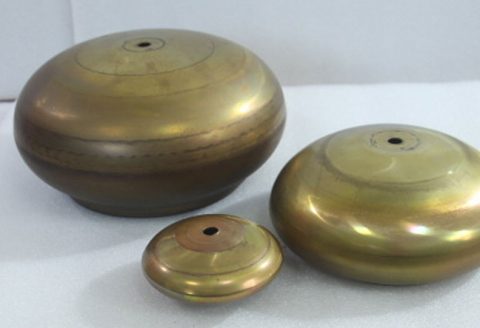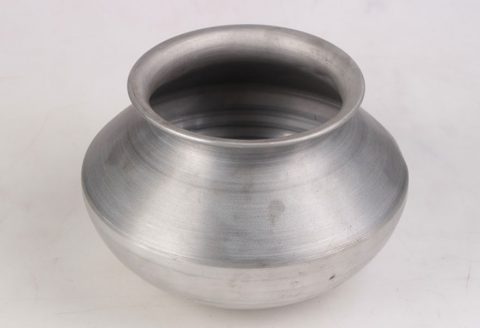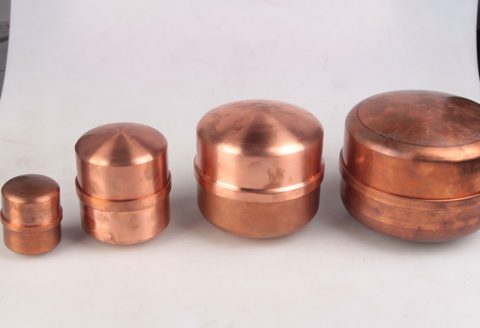Blog
Metal spinning blanks are fundamental components in the metalworking process known as metal spinning, a technique used to form axially symmetric, hollow metal parts by rotating a flat or preformed metal disc or tube at high speed and applying localized force to shape it over a mandrel. These blanks serve as the starting material, typically consisting of sheet metal or tubular stock, and their properties—such as material composition, thickness, diameter, and surface condition—directly influence the feasibility, quality, and efficiency of the spinning process. Metal spinning, also referred to as spin forming or metal turning, is a versatile manufacturing method with applications ranging from artisanal crafts to high-precision industrial components, including aerospace nose cones, cookware, and musical instrument bells. This article Read more
Metal spinning, also known as spin forming or spinning, is a metalworking process by which a disc or tube of metal is rotated at high speed and formed into an axially symmetric part. This technique, which dates back centuries, has evolved significantly with advancements in technology and materials science, making it a critical method in modern bulk handling applications. In the context of bulk handling, metal spinning is employed to fabricate components such as containers, hoppers, silos, and chutes that are integral to industries like agriculture, mining, pharmaceuticals, and food processing. This article delves into the principles, processes, materials, applications, and scientific underpinnings of metal spinning as it pertains to bulk handling, providing a comprehensive exploration of its relevance in Read more
Numerical Modelling, Validation, and Analysis of Multi-Pass Sheet Metal Spinning Processes
How to Use Metal Spinning to Create Custom Copper Post Caps
Metal spinning, also known as spin forming or metal turning, is a metalworking process used to create axially symmetric parts by rotating a metal disc or tube at high speed and shaping it over a mandrel. This technique has been employed for centuries, evolving from manual craftsmanship to a sophisticated industrial process aided by modern machinery, such as CNC (Computer Numerical Control) lathes. One of its many applications is the production of custom copper post caps, which serve both functional and aesthetic purposes in architectural and outdoor settings. Copper post caps, typically used to protect wooden fence or deck posts from weathering while enhancing visual appeal, benefit from the ductility and corrosion resistance of copper, making metal spinning an ideal Read more
How To Custom Round Stainless Steel Hoppers
How to Roll the Edge of Metal Spinnings
Metal spinning, a centuries-old craft rooted in both artisanal and industrial traditions, involves the shaping of sheet metal into axially symmetrical forms through controlled deformation over a rotating mandrel. Among the myriad finishing techniques applied to spun metal components, rolling the edge—also referred to as edge rolling, beading, or curling—stands out as a critical process that enhances both the functionality and aesthetics of the final product. This article explores the multifaceted process of rolling the edge of metal spinnings, delving into its history, principles, techniques, equipment, material considerations, and applications. Through a comprehensive examination, supported by comparative tables, this discussion aims to provide a thorough understanding of edge rolling in the context of modern manufacturing and traditional craftsmanship. Historical Context Read more
The Venturi air valve is a specialized flow control device widely utilized in heating, ventilation, and air conditioning (HVAC) systems, laboratories, industrial environments, and critical spaces requiring precise airflow regulation. Named after the Italian physicist Giovanni Battista Venturi, who first described the Venturi effect in 1797, this valve leverages the principles of fluid dynamics to achieve pressure-independent airflow control. The Venturi effect, a cornerstone of its operation, describes the reduction in fluid pressure that occurs when a fluid accelerates through a constricted section of a pipe, balanced by an increase in velocity as dictated by the continuity equation and Bernoulli’s principle. In modern engineering, the Venturi air valve stands out for its mechanical simplicity, rapid response to pressure changes, and Read more
The Design and Implementation of HAVC System
Heating, Ventilation, and Air Conditioning (HVAC) systems are integral to modern building infrastructure, providing thermal comfort and maintaining indoor air quality (IAQ) across residential, commercial, and industrial environments. These systems regulate temperature, humidity, and air purity, ensuring occupant well-being and operational efficiency. The design and implementation of HVAC systems represent a multidisciplinary effort, combining principles of mechanical engineering, thermodynamics, fluid mechanics, and building science. Since their inception in the early 20th century, HVAC technologies have evolved significantly, driven by advancements in energy efficiency, environmental concerns, and the need for sustainable building practices. The term “HVAC” encompasses three primary functions: heating, which increases ambient temperature; ventilation, which circulates and refreshes air; and air conditioning, which cools and dehumidifies indoor spaces. In Read more
An industrial hopper is a critical piece of equipment widely utilized across various industries for the storage, handling, and controlled dispensing of bulk materials. These materials can range from powders and granules to larger aggregates, such as grains, coal, sand, cement, or even industrial byproducts like ash or slag. Hoppers are engineered to facilitate the efficient movement of materials in industrial processes, serving as intermediary storage units that ensure a consistent supply to downstream equipment, such as conveyors, mixers, or processing machinery. Their design and functionality are rooted in principles of material science, mechanical engineering, and fluid dynamics, making them indispensable in sectors like manufacturing, agriculture, mining, construction, and chemical processing. The concept of a hopper dates back to ancient Read more
Galvanized Steel VS Stainless Steel
Galvanized steel and stainless steel are two widely utilized materials in construction, manufacturing, and various industrial applications, each prized for its unique properties and resistance to corrosion. These materials, while sharing some similarities as steel-based alloys, diverge significantly in their composition, production processes, mechanical characteristics, and suitability for specific environments. This article offers a comprehensive exploration of galvanized steel and stainless steel, delving into their metallurgical foundations, manufacturing techniques, physical and chemical properties, corrosion resistance, applications, cost considerations, environmental impacts, and long-term performance. Detailed tables are included to facilitate a scientific comparison between the two materials. Steel, at its core, is an alloy of iron and carbon, with trace amounts of other elements such as manganese, silicon, and phosphorus often Read more
Textured Aluminum Sheet Metal
Textured aluminum sheet metal is a versatile and widely utilized material in various industries, ranging from architecture and automotive manufacturing to aerospace engineering and consumer goods production. Characterized by its distinctive surface patterns, enhanced mechanical properties, and aesthetic appeal, textured aluminum sheet metal represents a specialized form of aluminum that has undergone specific processing techniques to achieve its unique physical and chemical attributes. This article provides an in-depth exploration of textured aluminum sheet metal, delving into its composition, manufacturing processes, types, properties, applications, and comparative analyses with other materials. Through a detailed scientific lens, we aim to elucidate the significance of this material in modern engineering and design contexts. Aluminum, a lightweight, durable, and corrosion-resistant metal, serves as the foundational Read more
Spinning Trapezoidal Internal Gears
Spinning trapezoidal internal gears is a sophisticated process used in the manufacturing of gears with specific geometries, where the tooth profile is not circular but trapezoidal. This process is employed primarily in industries where precision, durability, and the ability to operate under high stress are paramount. Trapezoidal internal gears are crucial components in machines that require high torque and reliable performance, such as in the automotive, aerospace, and heavy machinery sectors. The use of the spinning process to manufacture these gears allows for greater flexibility in terms of geometry, precision, and material efficiency compared to traditional gear cutting methods. Internal gears are gears that have teeth cut on the inside of a cylindrical surface, and trapezoidal profiles are used in Read more
Simple Spinning Forming of the Front Disc of Large and Medium-Sized Fan Impellers
The Process Parameters Of Deep-Drawing And Spinning Cups Based On Orthogonal Experiments
High-Power Spinning of Niobium Alloy Parts
The Spinning Process of Vacuum Stainless Steel Insulation Containers
CNC Spinning of Large Center Distance Arc Cam
Computer Numerical Control (CNC) spinning is an advanced manufacturing process that leverages automated machinery to form metal into complex shapes through rotational deformation. Among its many applications, the spinning of large center distance arc cams represents a specialized subset of this technology, blending precision engineering with sophisticated control systems. This article explores the principles, processes, machinery, and scientific underpinnings of CNC spinning as applied to large center distance arc cams, offering a detailed examination of its mechanics, applications, and comparative advantages. Historical Context and Evolution of CNC Spinning The origins of metal spinning trace back to ancient craftsmanship, where artisans manually shaped metal over rotating molds using rudimentary tools. This labor-intensive process evolved significantly with the Industrial Revolution, which introduced Read more

